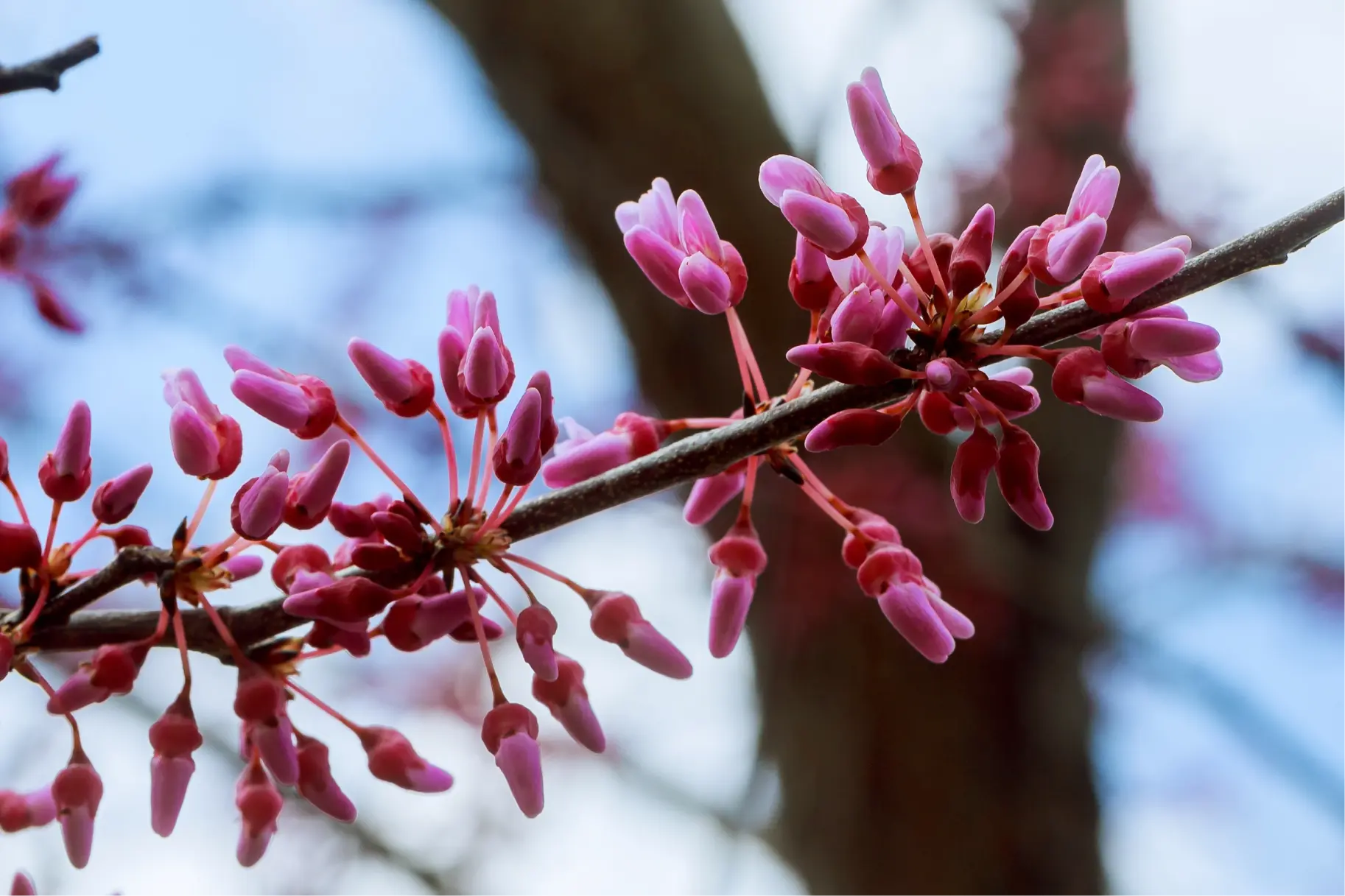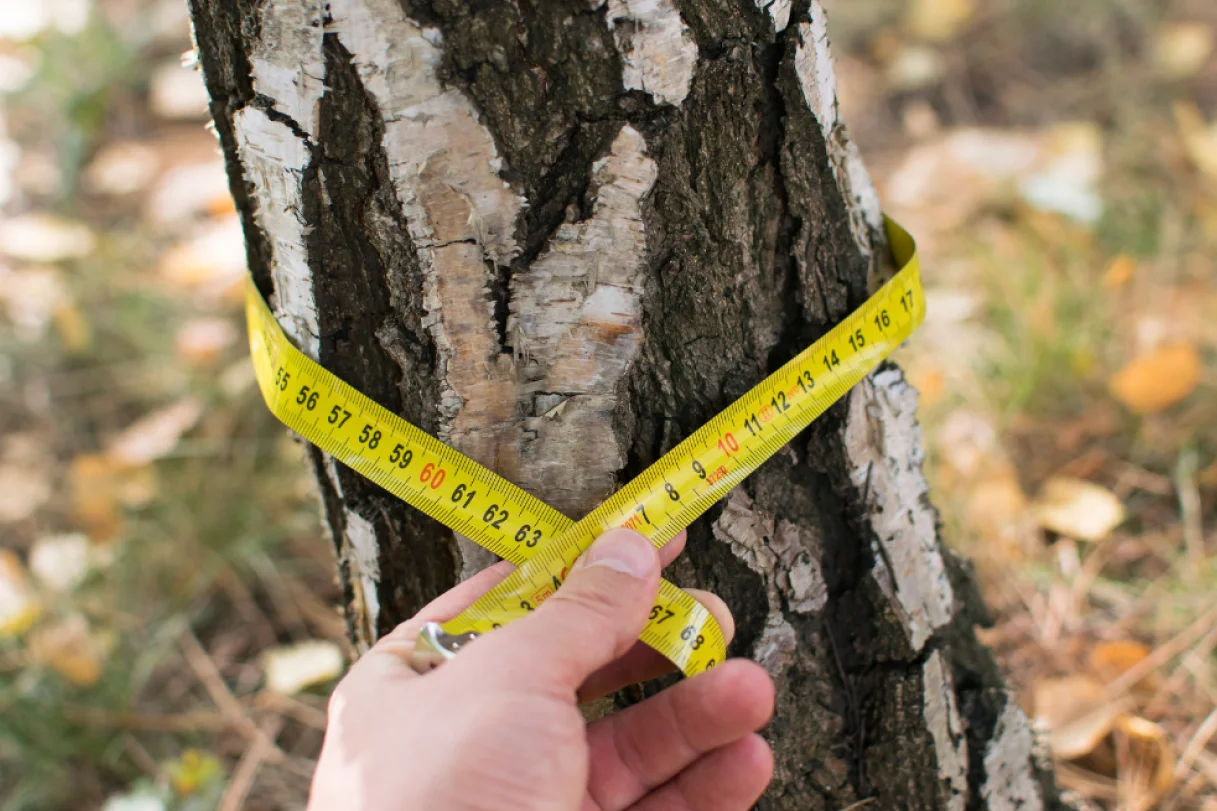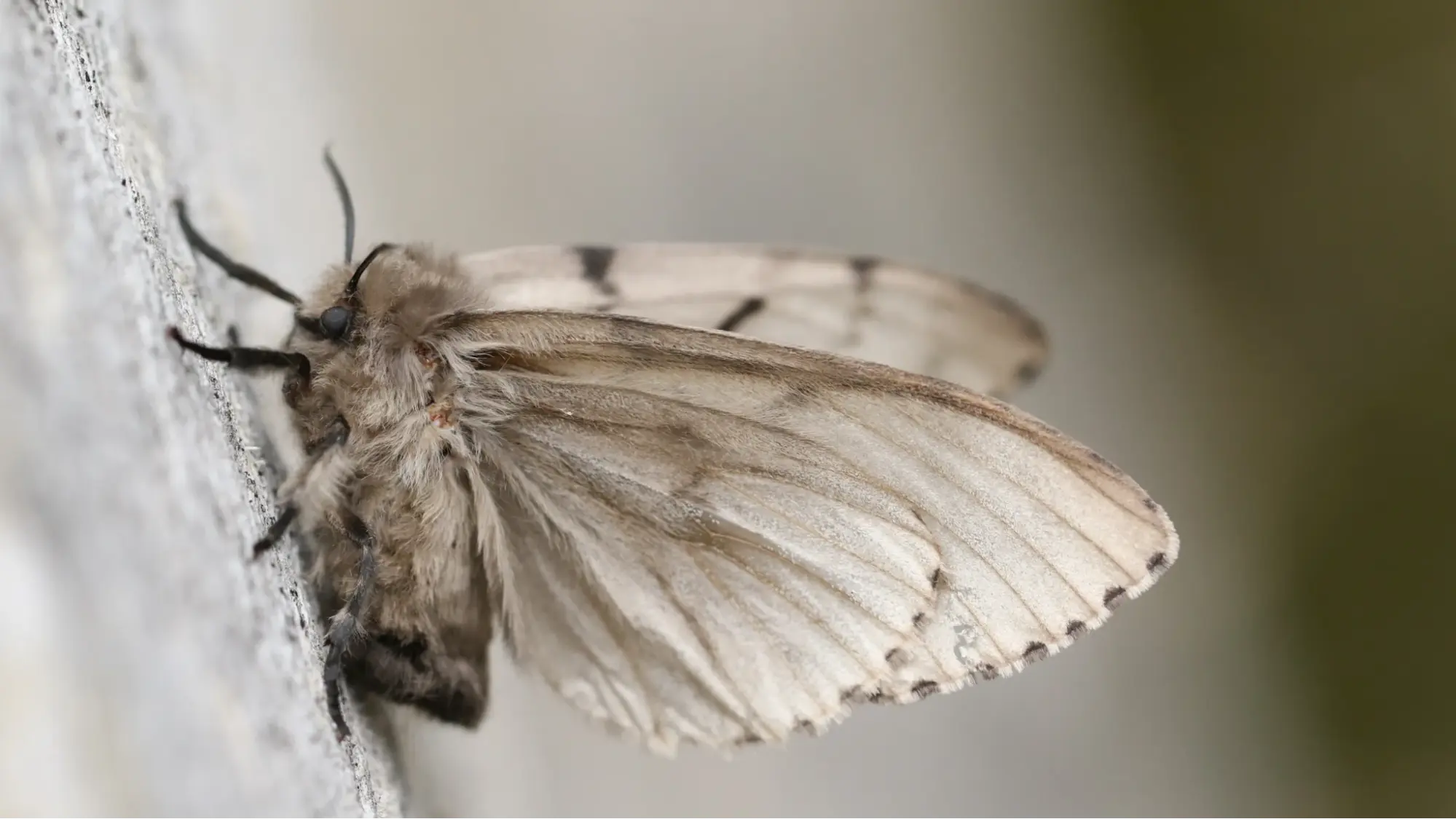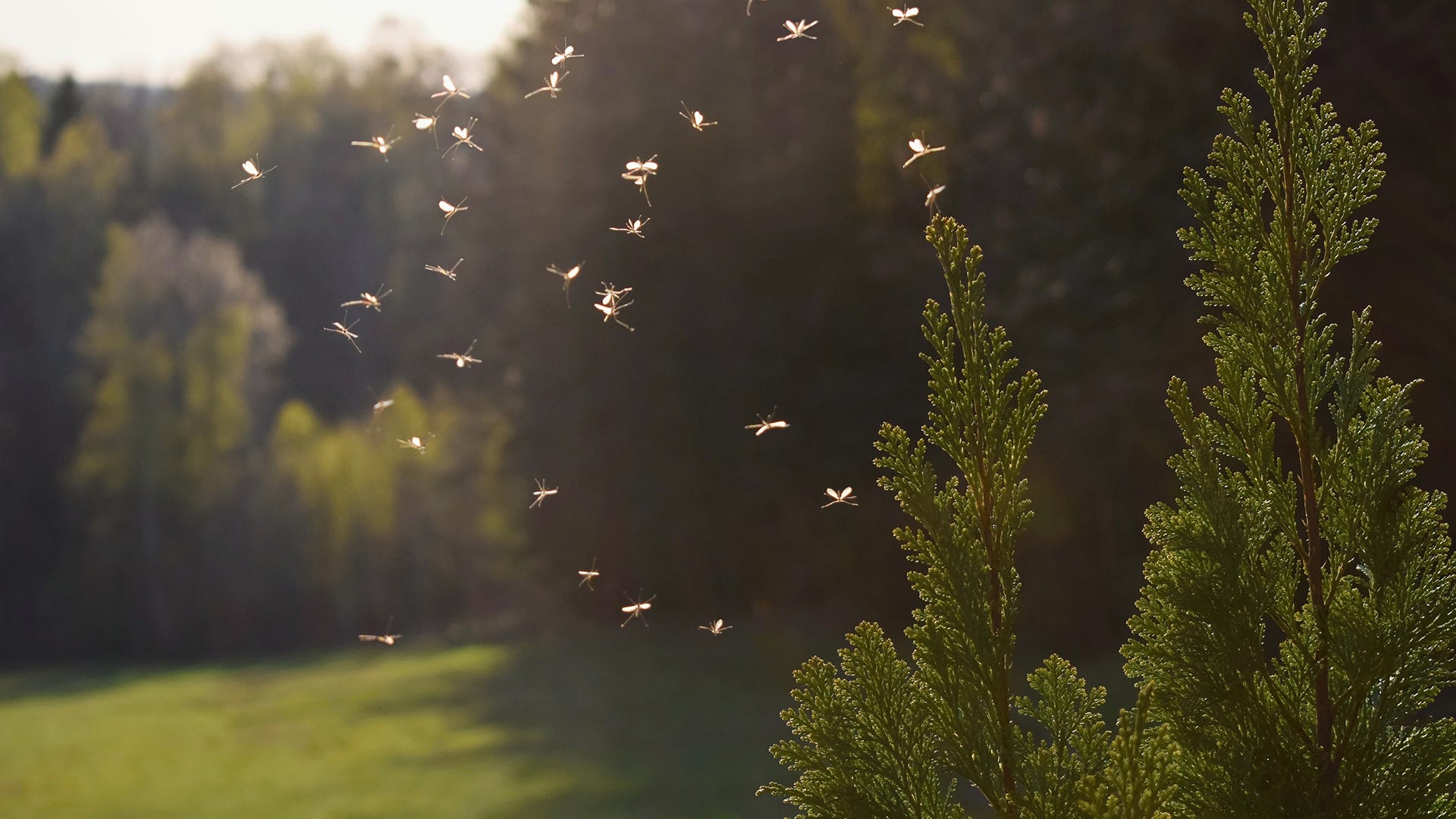Redbud trees are loved for their bright pink or purple blooms that add color to any landscape. Although they’re usually hardy, these trees can face problems that impact their health and beauty. The first warning signs often appear on the leaves — they might change color, wilt, curl, or develop spots. Knowing what causes these issues helps keep your Redbud tree strong and vibrant.
Types of Redbud Trees
Redbud trees come in several varieties, each with its own charm and growing preferences. While all share the same signature heart-shaped leaves and early spring blossoms, their size, color, and adaptability can vary. Below you can explore different types of Redbud trees:
Eastern Redbud (Cercis canadensis)
The most common and versatile type, native to North America. It features bright pink flowers and thrives in a range of climates, making it a favorite for gardens and city landscapes. Eastern Redbuds also include popular cultivars such as:
-
Weeping Redbud (Cercis canadensis ‘Pendula’) – known for its cascading, pendulous branches. Its heart-shaped leaves and pink flowers are the same as standard Eastern Redbuds, but the drooping form makes it especially dramatic in gardens. It may require extra pruning or support to maintain its shape.
-
Forest Pansy Redbud (Cercis canadensis ‘Forest Pansy’) – famous for its deep purple-red leaves that intensify in summer and turn bright red or orange in fall. Its pink flowers are typical of redbuds, but the vibrant foliage makes it a striking focal point in any landscape.
Western Redbud (Cercis occidentalis)
Native to the western U.S., this variety is smaller and more drought-tolerant. Its magenta-pink flowers and silvery seed pods make it especially striking in dry, rocky areas.
Chinese Redbud (Cercis chinensis)
A compact, rounded tree with deep rose-colored flowers that bloom in clusters along the branches. It’s ideal for smaller gardens and thrives in warm, sunny spots.
Oklahoma Redbud (Cercis canadensis var. texensis ‘Oklahoma’)
Known for its glossy, dark green leaves and intense purple-pink blooms, this variety tolerates heat and dry conditions better than many others.
Mexican Redbud (Cercis canadensis var. mexicana)
This tree has smaller, leathery leaves and vibrant magenta flowers. Its dense, compact growth and drought resistance make it perfect for hot southern regions.
Each type of redbud brings a slightly different look and resilience to the landscape, allowing gardeners to choose the best match for their climate and design goals.
What Are Common Problems with Redbud Trees?
Problems with Redbud trees can arise from a variety of factors, including diseases, environmental stress, and pests. Here’s an overview of the main issues to watch for:
-
Leaf spot diseases: These appear as small, discolored areas on leaves and can cause premature leaf drop over time. Monitoring early symptoms can help prevent widespread damage.
-
Canker diseases: Cankers are dead areas of tissue found at branch points or trunk bases. They can lead to wilting leaves above the infected area and may cause dieback if untreated.
-
Environmental stress: Poor soil drainage, drought, or excessive moisture can damage roots, which then affects leaf health. Heavy clay soils or waterlogged areas may cause yellowing, rotting, and eventual structural collapse of the tree.
-
Pests: Aphids, scales, and caterpillars feed on Redbud leaves, causing distortion, sticky residue, or sooty mold. Their feeding can introduce pathogens into the plant, potentially leading to systemic infections.
-
Diagnosis and prevention: Comparing leaf symptoms to pictures of common Redbud diseases can help identify the problem. For accurate diagnosis, especially in severe cases, professional consultation is recommended. Preventive care includes planting in well-drained soil, proper watering, and timely pruning.
By observing leaf health and acting quickly when signs of stress or infection appear, you can keep your Redbud tree vibrant and thriving for many seasons.
Problems with Eastern Redbud Trees
The Eastern Redbud (Cercis canadensis) is the most common and widely planted type of redbud tree. It stands out for its heart-shaped leaves, brilliant pink flowers that bloom before the foliage, and strong adaptability to different soils and climates. However, this variety can also be more sensitive to certain issues compared to standard or hybrid redbuds.
Eastern Redbuds often face problems related to fungal diseases, especially in humid environments, which can lead to leaf spots or cankers. Their shallow root system also makes them more vulnerable to drought stress and root rot in poorly drained soil. While their early spring blooms are stunning, the tree’s lifespan can be shorter than that of other ornamental species if it’s not properly cared for. Regular pruning, good air circulation, and well-drained soil help prevent many of these issues and keep the Eastern Redbud thriving year after year.
What Disease Can Have a Redbud?
Redbuds are affected by another severe disease named as Verticillium wilt. The tree’s vascular system is attacked by soil-borne fungus that prevents the transportation of water and nutrients. Yellowing leaves, wilting and branch dieback are some of the symptoms shown by the verticillium wilt. Unfortunately, it is quite difficult to cure an infected tree but usually removing it can be the best thing to do in order to prevent spread of disease.
Another common problem with Redbud trees is canker diseases. For instance, there’s botryosphaeria canker which comes from fungus entering through wounds in bark; sunken discolored areas appear on branches or trunk where cankers are present and they may girdle a tree thereby cutting off the flow of water and nutrients leading to wilting leaves, branch diebacks even death if not controlled early enough.
Leaf spot is also a disease that should be watched out for as it can be caused by different fungi. In most cases leaf spots will manifest themselves as small round lesions on leaves with colors ranging from yellow through brown or black while in extreme cases these spots may merge so as to cause large sections of leaf death which eventually fall off thus affecting not only aesthetics but also weakening over time.
Less severe but still problematic among Redbud tree diseases is powdery mildew; this fungal infection causes white powdery material to develop on leaves resulting into distorted growth forms together with reduced photosynthesis rates although rarely killing them outrightly thereby making them more susceptible later on when other factors come into play.
Root rot especially in poorly drained soils remains another threat towards Redbuds’ health since such conditions provide favorable environment for various fungi that attack roots leading into symptoms such as stunted growths, yellowing followed by diebacks thereafter; unfortunately once root rots take hold there’s little one can do except removing affected plants altogether.
Common Redbud Tree Diseases
Redbud trees are generally hardy, but they can face several health challenges. Understanding the problems with redbud trees — especially diseases caused by fungi or poor growing conditions — helps you protect them early. Regular monitoring, proper pruning, and good soil drainage can make a big difference in keeping your Redbud healthy year-round.
| Disease Name | Cause | Symptoms | Treatment / Action |
|---|---|---|---|
| Verticillium wilt | Soil-borne fungus | Yellowing leaves, wilting, branch dieback | Usually remove infected tree to prevent spread |
| Botryosphaeria canker | Fungus entering through bark wounds | Sunken discolored areas on branches/trunk, wilting leaves, dieback | Prune affected areas early, remove severely infected branches |
| Leaf spot | Fungal infection | Small round lesions on leaves, yellow/brown/black spots, leaf drop | Remove affected leaves, improve air circulation, fungicide if severe |
| Powdery mildew | Fungal infection | White powdery coating on leaves, distorted growth | Prune affected areas, improve airflow, fungicide if needed |
| Root rot | Fungi in poorly drained soils | Stunted growth, yellowing leaves, dieback | Remove infected plants, improve drainage |
Knowing these common leaf Redbud tree diseases is important for the well-being of your tree. Regular check-ups and taking action at early stages can help prevent minor problems from turning into major ones. If you don’t know how to treat a sick Redbud, consult an arborist near you for professional advice.
Pros and Cons of Redbud Trees
Redbud trees are popular for their beautiful flowers, manageable size, and adaptability, but like any tree, they come with some drawbacks. Understanding both the benefits and challenges helps gardeners make informed choices.
| Pros | Cons |
|---|---|
| Stunning pink or purple spring blooms | Susceptible to fungal diseases like leaf spot and canker |
| Heart-shaped leaves add ornamental value | Shallow root system can make them vulnerable to drought and root rot |
| Small to medium size works well in gardens and urban spaces | Shorter lifespan compared to some other ornamental trees (around 20–30 years) |
| Attracts pollinators like bees and butterflies | Some cultivars (e.g., Weeping Redbud) require extra pruning or support |
| Adaptable to various soil types and climates | Sensitive to harsh winter conditions in colder regions |
| Provides seasonal color with flowers and, in some cultivars, foliage | Leaves may drop early under stress, affecting appearance |
Redbud trees are ideal for gardeners looking for a showy, manageable tree that adds beauty to landscapes. If you’re wondering, “are redbud trees messy?”, they can drop leaves and flowers, especially under stress or in late summer, but regular maintenance keeps them looking tidy. Monitoring for disease and providing proper care will help maximize their lifespan and health.
Are Redbud Trees Invasive?
Redbud trees are not considered invasive in most regions. They are native to North America (Eastern and Western Redbuds) and adapt well to gardens and urban landscapes without spreading uncontrollably. While they produce seeds that can germinate nearby, redbuds generally grow slowly and do not outcompete native plants.
However, like any tree, it’s important to plant them in suitable locations and monitor seedling growth if you want to keep your garden organized. Choosing the right cultivar and providing proper care ensures that redbuds remain a beautiful, manageable addition rather than a problem.
Are Redbud Trees Poisonous to Humans?
Redbud trees are not poisonous to humans. All parts of the tree — including leaves, flowers, and seeds — are generally considered safe. In fact, the flowers of some redbud varieties are edible and can be used in salads or as a garnish, offering a slightly tangy, citrusy flavor.
While redbuds are safe for humans, it’s always wise to avoid consuming large quantities of any plant unless you’re certain of the variety and preparation. Proper identification and moderation ensure you can enjoy the beauty — and even the occasional edible flowers — without any risk.
What Can I Do to Treat My Redbud?

When your Redbud tree starts showing signs of illness, it is vital to take appropriate measures promptly to nurse it back to good health. Whether dealing with issues like Redbud tree leaves or more serious problems such as Redbud canker disease, understanding proper care procedures will greatly contribute to recovery.
Accurate Diagnosis
The first step in treating any Redbud issue is identifying the problem. Look for specific symptoms on the leaves, branches, and trunk, such as dark sunken spots on leaves indicating anthracnose, wilting and diebacks caused by verticillium wilt, or sunken areas on branches and trunk caused by canker disease.
Treating Fungal Diseases
Fungal infections like anthracnose and leaf spots can be controlled by applying fungicide according to the manufacturer’s instructions. Removing infected leaves and branches reduces disease spread, while thinning dense areas of the canopy promotes air circulation and helps prevent further infection.
Dealing with Canker Disease
Canker diseases require careful pruning during dry days to prevent infection from spreading. Disinfecting pruning tools after each cut helps avoid transferring pathogens to other parts of the tree.
Managing Pests
Aphids, scales, and other pests can damage Redbud leaves. Applying insecticidal soap or horticultural oil helps control pest populations, while regular monitoring prevents severe infestations.
Addressing Environmental Issues
Environmental stress such as poor soil drainage, overwatering, or drought can weaken Redbuds and lead to root rot. Improving soil drainage and adjusting watering practices can help the tree recover and thrive.
Boosting Tree Health
Fertilization and mulching around the base support strong growth and improve resistance to disease and pests. Consistent care ensures that the tree remains healthy and less vulnerable to stress.
Preventive Maintenance
Regular maintenance, including proper pruning and removing debris around the base, prevents many issues before they occur. Consulting an arborist for professional guidance ensures effective treatment and long-term tree health.
Where to Plant Redbud Trees
Redbud trees thrive in locations that provide full sun to partial shade and well-drained soil. They are adaptable but perform best in fertile, slightly acidic to neutral soil. Planting in an area with good air circulation helps prevent fungal diseases like leaf spot and canker.
These trees are ideal for gardens, yards, and along streets or pathways, where their small to medium size and stunning flowers can be appreciated. Avoid planting too close to structures, fences, or other large trees, as redbuds have shallow roots that can compete for water and nutrients.
For cultivars like Weeping Redbud or Forest Pansy, choose a prominent spot where their unique form or colorful foliage can be showcased as a focal point. With the right location, redbuds provide beauty and interest from early spring through fall.
When to Prune Redbud Trees
The best time to prune redbud trees is late winter to early spring, before new growth begins. Pruning at this time helps the tree heal quickly and encourages strong, healthy growth. Avoid heavy pruning in late summer or fall, as this can stimulate new growth that may not harden off before winter, making the tree more vulnerable to damage.
Light pruning can also be done after flowering, which allows you to remove spent blooms and shape the tree without affecting its spring display. Regular pruning helps maintain a tidy appearance, removes dead or damaged branches, and prevents potential problems such as weak branch structure or disease.
For cultivars like Weeping Redbud or Forest Pansy, careful pruning is especially important to maintain their unique shapes and vibrant foliage.
When to Trim Redbud Trees
Trimming redbud trees is slightly different from heavy pruning and is usually done to maintain shape, remove small damaged branches, or improve airflow. The best time to trim is late winter or early spring, before new growth starts, which helps the cuts heal quickly.
Light trimming can also be done right after flowering to clean up spent blooms or minor overgrowth without affecting the spring display. Avoid trimming in late summer or fall, as this may encourage tender growth that is vulnerable to frost or winter damage.
For cultivars like Weeping Redbud or Forest Pansy, trimming is useful for managing their unique forms and ensuring that branches don’t crowd or break under their own weight. Regular trimming keeps the tree healthy, attractive, and safe in your garden.
| Aspect | Pruning | Trimming |
|---|---|---|
| Purpose | Remove dead, diseased, or large branches; shape the tree; improve overall structure | Maintain shape, remove small or overgrown branches, improve airflow and appearance |
| Timing | Late winter to early spring, before new growth | Late winter to early spring, or immediately after flowering for light shaping |
| Tools | Pruning saw, loppers, hand pruners | Hand pruners, shears, small loppers |
| Cut size | Larger branches, sometimes several inches in diameter | Small branches and twigs, typically less than 1 inch |
| Effect on tree | Encourages strong structure and healthy growth; removes potential hazards | Keeps tree tidy and attractive; minor impact on growth and flowering |
| Special considerations | Careful with cultivars like Weeping or Forest Pansy to maintain shape | Can be done more frequently; useful for maintaining ornamental appearance |
How Can Tree Service Help Me with My Redbud?
Do Redbud trees lose their leaves too early? Several factors can cause this, including diseases, pests, or improper watering. A professional tree service can assess the tree’s condition, identify the underlying issue, and apply the appropriate remedies. Treatments may include fungicides for diseases, insecticides for pests, or adjustments to soil quality and watering practices to address environmental problems.
Tree services also provide physical care for Redbuds. This includes pruning to maintain the tree’s shape, encourage healthy growth, and remove dead or diseased branches. Proper pruning requires knowledge of the tree’s growth patterns and correct techniques to avoid harm. Incorrect pruning can expose the tree to infections, so hiring experienced professionals ensures the work is done safely, reducing the risk of disease and supporting strong, healthy development.
FAQ
What are the most common problems with Redbud trees?
Problems with Redbud trees can arise from diseases, pests, or environmental stress. Common issues include leaf spot diseases, canker diseases, root rot, powdery mildew, and damage from pests such as aphids, scales, and caterpillars. Environmental factors like poor soil drainage, drought, or excessive moisture also affect tree health.
Why are my Redbud tree leaves turning yellow or wilting?
Yellowing or wilting leaves can result from fungal infections like leaf spot or verticillium wilt, pest infestations, or environmental stress such as overwatering, drought, or poor soil drainage. Early detection and proper care are essential to prevent further damage.
Can Redbud trees recover from diseases like canker or verticillium wilt?
Recovery depends on the severity of the infection. For canker, pruning affected branches during dry conditions and disinfecting tools can help manage the disease. Verticillium wilt is difficult to cure; removing the infected tree may be necessary to prevent spread.
How can I treat pests on Redbud trees?
Pests such as aphids, scales, and caterpillars can be managed with insecticidal soap or horticultural oil. Regular monitoring is important to prevent severe infestations and minimize damage.
How do environmental conditions affect Redbud trees?
Poor soil drainage, excessive moisture, or drought can weaken Redbud trees and increase susceptibility to diseases and root rot. Improving drainage, adjusting watering practices, and ensuring proper planting conditions help maintain tree health.
What preventive care can I provide for my Redbud tree?
Preventive care includes planting in well-drained soil, mulching, regular watering, fertilizing appropriately, pruning dead or diseased branches, and monitoring for pests and diseases. Consulting an arborist for professional guidance ensures long-term tree health.
Do Redbud trees lose their leaves too early?
Early leaf drop may be caused by diseases, pests, or environmental stress. A tree service can diagnose the issue and apply remedies such as fungicides, insecticides, or improved watering practices. Proper care and timely intervention help prevent further leaf loss.
How can tree services help maintain my Redbud tree?
Professional tree services provide pruning to maintain shape and health, remove diseased or dead branches, and ensure proper growth patterns. They can also treat diseases and pests, adjust environmental conditions, and offer expert advice for ongoing care.
How big do Redbud trees get?
Redbud trees are generally small to medium-sized, spreading 20 to 35 feet wide. Some cultivars, like the Weeping Redbud, may stay more compact, making them ideal for smaller gardens. Their rounded or cascading canopy adds visual interest without taking up too much space.
How long do Redbud trees live?
Redbuds typically live 20 to 30 years, though with proper care, some can reach up to 40 years. Their lifespan is shorter than many large shade trees, so monitoring for disease and stress is important. Regular maintenance helps extend their health and beauty.
How fast do Redbud trees grow?
Redbud trees are considered moderate growers, adding about 1 foot of height per year under ideal conditions. Growth can be slower in poor soil or shaded areas. Consistent watering and occasional fertilization encourage steady development.
How tall do Redbud trees get?
Most redbuds reach 20 to 30 feet in height, with some cultivars slightly smaller or larger. They are perfect for gardens, yards, and street plantings where a smaller tree is preferred. Their manageable height makes pruning and maintenance easier.
How far apart to plant Redbud trees?
Plant redbuds 20 to 30 feet apart to allow room for their canopy to spread. Spacing ensures proper airflow, reduces disease risk, and prevents crowding with other trees or structures. Cultivars with weeping forms may need extra room to showcase their branches.
When do Redbud trees bloom?
Redbud trees typically bloom in early spring, often before the leaves fully emerge. Their pink to purple flowers last for several weeks, creating a striking display. Bloom timing can vary slightly depending on the local climate and cultivar.











